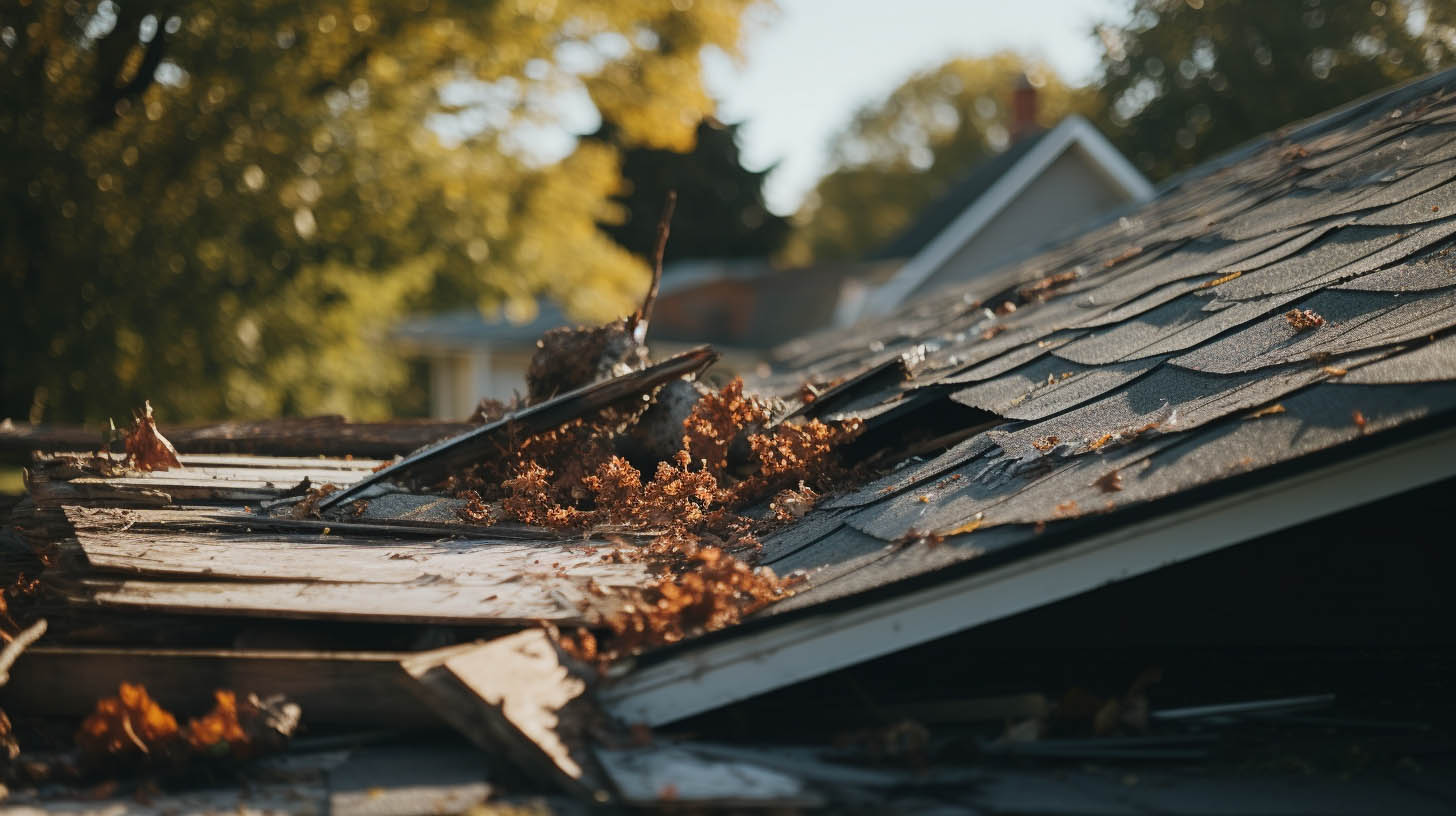
Identifying Storm Damage on Your Roof
Storms can wreak havoc on your home, particularly on your roof, which bears the brunt of nature’s fury. Understanding the signs of storm damage and taking prompt action is crucial in maintaining the integrity of your roof. MaxForce Roofing and Siding LLC, based in Columbus, OH, emphasizes the importance of recognizing and addressing these issues promptly.
Wind Damage: The Invisible Culprit
Signs of Wind Damage
Missing or Damaged Shingles: Look for shingles that are missing, have curled edges, or appear cracked.
Loose or Detached Gutters: High winds can dislodge gutters, affecting their functionality.
Fallen Debris: Trees or branches on your roof indicate severe wind impact.
Immediate Actions
Conduct a visual inspection after a storm.
Secure loose items around your property to prevent future damage.
Hail Damage: The Silent Assailant
Identifying Hail Impact
Cracked Shingles: Hailstones can leave distinct crack patterns on shingles.
Dented Gutters and Downspouts: Look for dents or punctures in metal components.
Granule Loss: Hail can strip the protective granules from shingles.
Proactive Measures
Consider installing impact-resistant shingles.
Regularly inspect your roof for subtle signs of hail damage.
Water Intrusion: The Stealthy Invader
Spotting Ceiling Leaks
Water Stains: Discoloration on ceilings or walls.
Mold Growth: Indicates prolonged moisture exposure.
Dripping Water: Active leaks during or after rain.
Preventative Steps
Regularly inspect your attic and upper rooms.
Ensure proper attic ventilation to reduce moisture buildup.
Chimney Damage: The Overlooked Indicator
Examining the Chimney
Loose Flashing: The metal strips around the chimney may be damaged.
Dislodged Chimney Cap: Check if the cap is missing or out of place.
Cracks in Masonry: Look for cracks or gaps in the chimney structure.
Maintenance Tips
Regularly inspect the chimney area for signs of wear.
Ensure the chimney cap and flashing are securely attached.
Shingle Distress: The Warning Sign
Recognizing Shingle Issues
Curling Shingles: Indicates aging or heat damage.
Buckling Shingles: May be caused by improper installation or ventilation issues.
Granule Accumulation: Check gutters for shingle granules.
Addressing Shingle Problems
Replace aging or damaged shingles promptly.
Ensure proper roof ventilation to extend shingle life.
Professional Intervention: The Key to Roof Health
In areas prone to severe weather, regular roof inspections are essential. If you notice any of the signs mentioned, it’s crucial to consult a professional roofing contractor. They can provide a thorough assessment and recommend necessary repairs or replacements to keep your roof in optimal condition.

